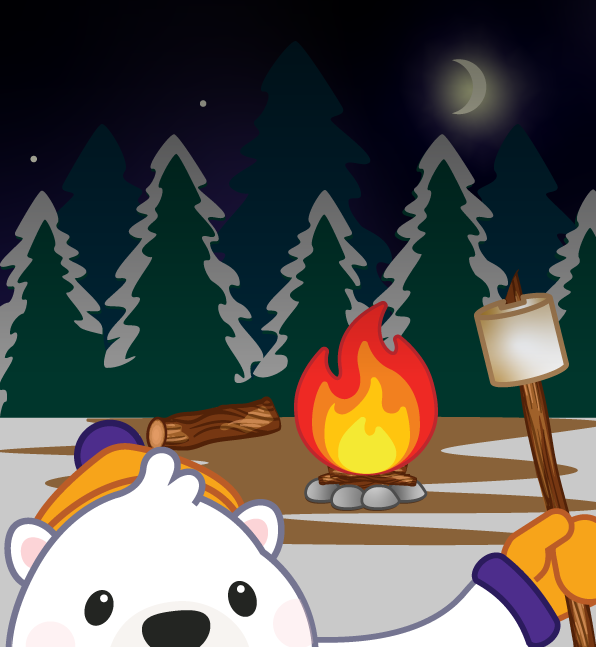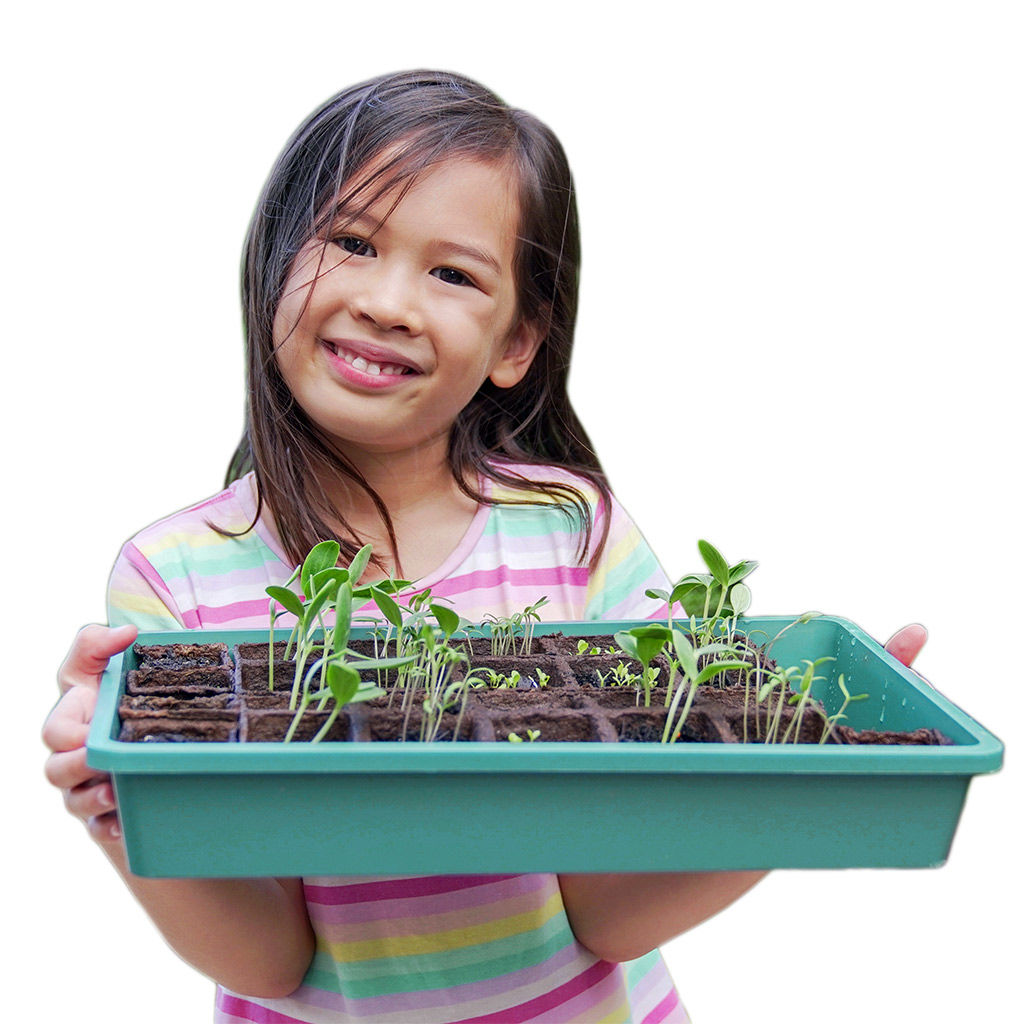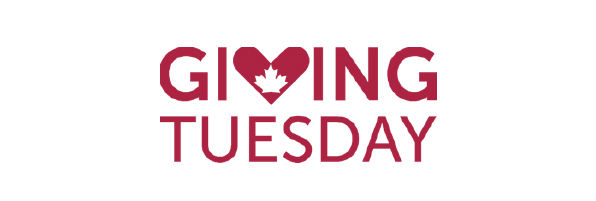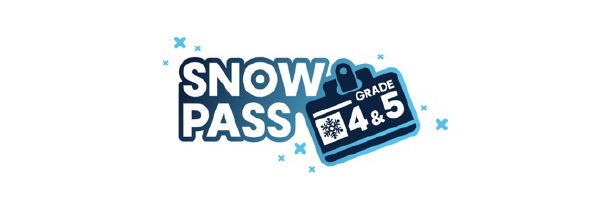Mental Health Resources
Opening up about mental health concerns isn’t a new concept. Increased awareness and frequent conversations about mental health are taking place across our communities. Thankfully, new support resources are available and easily accessible.
Scouters work tirelessly to ensure that every meeting, every activity, every fundraiser and beyond is a fun, safe, and inclusive space to develop well-rounded youth, better prepared for success in the world. It’s tough when we become aware of challenges and adversities that youth face outside of Scouting – despite having completed Respect in Sport training, being well-versed in Scouts Canada’s Youth Protection Policies, and all the other tools, you may feel helpless when a youth needs support beyond what Scouts Canada can offer.
Kids Help Phone is Canada’s only 24/7 e-mental health service offering free, confidential support in English and French to young people. They give millions of youth a safe, trusted space to talk over the phone or through text or in self-directed supports in any moment of crisis or need.
Respect in Sport Group, Inc and Kids Help Phone have teamed up to strengthen the support resources for kids and teens “… to create some critical tools to assist youth (14 and up) with the many mental health issues they face as they return to school, sport and activity during this unprecedented time. As we all know, mental health is of utmost importance, perhaps now, more than ever. Through close collaboration with our friends at Kids Help Phone we have created these free Mental Health Chats.” – RespectGroupInc.com, September 23, 2021.
While watching the Mental Health Chats, viewers can feel like a part of a tough conversation helping a friend through a panic attack, and they can relate to impossible standards some youth commonly compare their own self image to.
Check out the Mental Health Chats:
Mental Health Chat: “Ever get the feeling of something being off?”
Anxiety & Stress Chat: Your Basic 2-headed Monster
Difficult Convo Chat: Don’t Really Want To, but Need To
Self Image Chat: This is Real, That’s Not
Are you curious about what resources are available through KidsHelpPhone? You can explore their website, or watch this recorded webinar about the different help that KidsHelpPhone has to offer youth.
KidsHelpPhone.ca
1-800-668-6868
Text TALK to 686868






